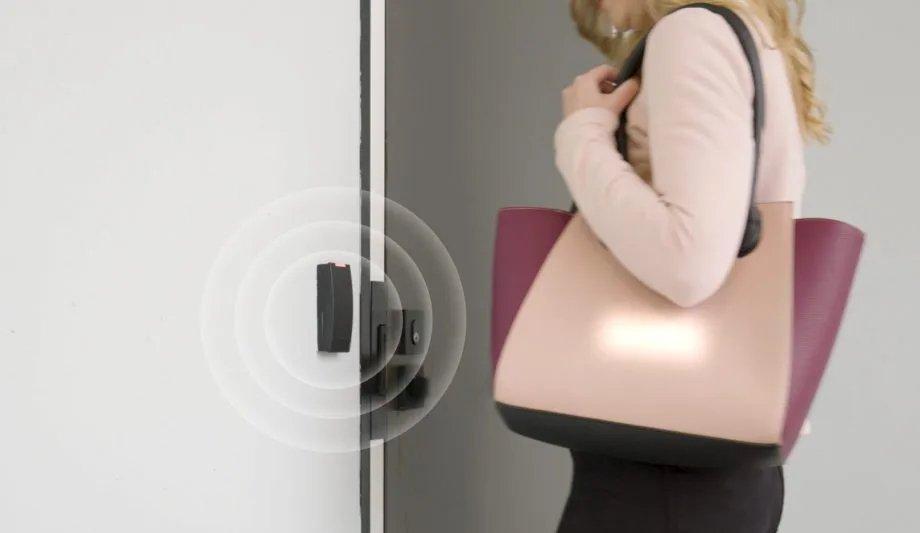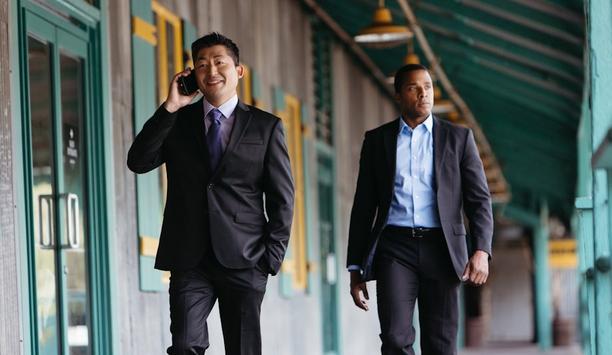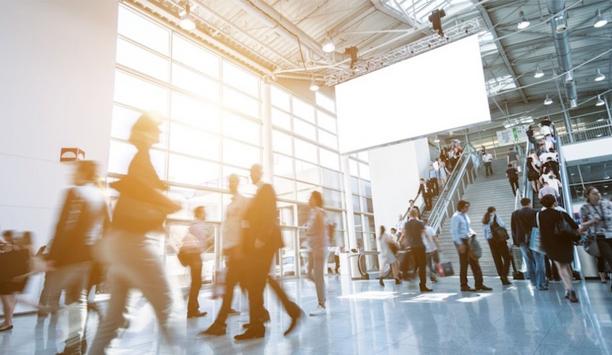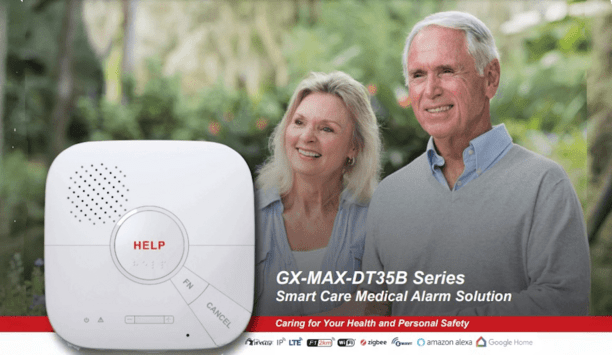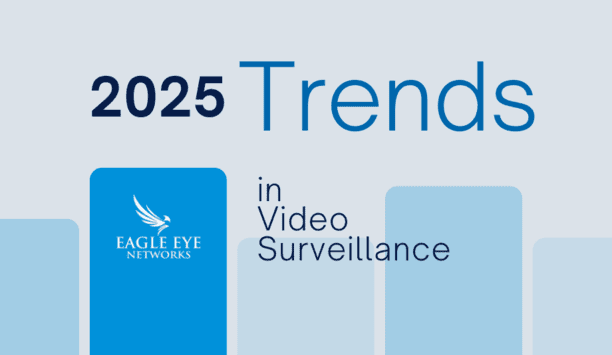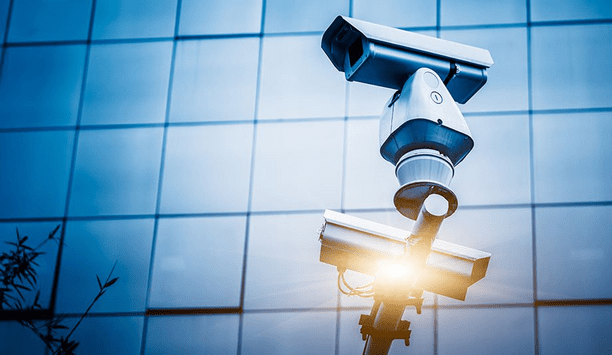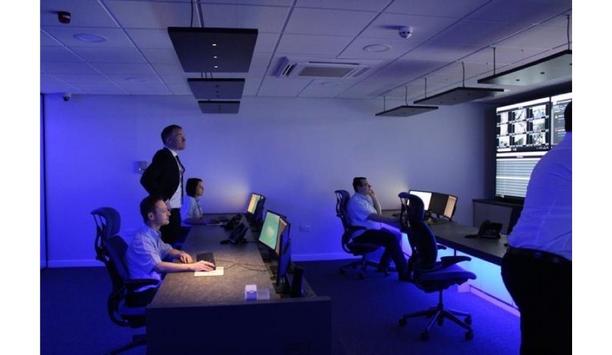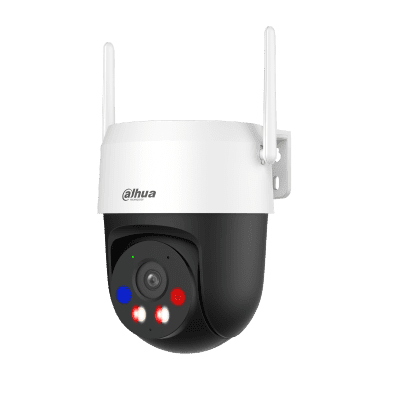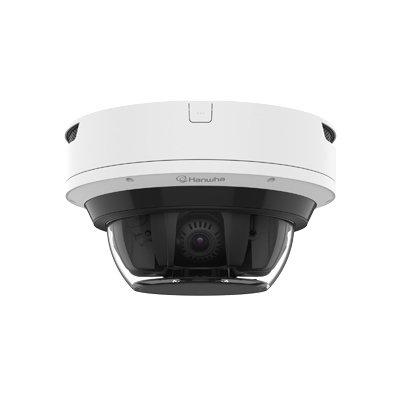The implications of COVID-19 have been profound, and the road to business recovery is evolving and fluid. Facility providers around the world are shifting priorities. The focus was once creating a workplace that promotes employee productivity and company values. Now, it’s ensuring that the workplace, and everyone who enters it, remain safe and healthy.
With all the coronavirus uncertainty, it might feel strange to start working on how to open offices again. But no matter whether offices are planning on reopening in one month, or one year, that’s precisely what needs to be done.
The office will never be the same again, and returning will be a bigger adjustment than most think. Those who procrastinate risk wasting a lot of time and money on last-minute, inadequate solutions.
Where to start?
While many companies are focusing on clean-desk policies, one-way corridors, and fewer seats in conference rooms, these habits alone won’t be enough.
To meet the new standards for workplace safety, organisations will need to adopt technology in order to create a high-functioning, healthier, and safe space for the employees and visitors.
Enter touchless technology
Read on to learn four ways to increase safety and security in the new workplace with touchless technology:
Hands-free authentication
Once a luxury, now a necessity for the new workplace. Hands-free, frictionless, contactless or touchless, whatever one calls it, it’s not just a convenience factor anymore.
- Avoid Contact with Surfaces: Avoiding unnecessary contact with any potentially contaminated surfaces during these times is critical. With employees returning to the workplace and visitors coming and going (cleaners, contractors and guests to name a few), that’s up to hundreds of people per day who could be touching the same reader to get access.
- Mobile Access: With touchless mobile access, companies can create a convenient, reliable and safe environment that instills confidence in employees, tenants, and visitors.
- Virtual Credentials: Touchless access using virtual credentials stored in a mobile phone or wearable can activate boom gates, turnstiles, doors, elevators, and more from a configurable distance, unlike keycards that often require direct contact to work.
- Bluetooth Access: Without removing the phone from the pocket, touchless access via Bluetooth provides contactless, barrier-free and user-friendly access that guarantees secure entry, minimises high-frequency touchpoints and reduces the spread of germs.
Implementing a touchless check-in experience
A touchless check-in experience can limit surface contact and help prevent the spread of COVID-19 and potential future outbreaks in the workplace.
Rather than touching a tablet to enter information, or signing in on paper manually, touchless check-in does not require touching equipment or surfaces upon entry into a building, office or facility.
Here’s how it works:
- Send visitors the check-in information before the arrival, either via email or SMS. This will include basic building information such as where to park, where to go once they arrive and steps to obtain the visitor pass.
- Have important health and safety information to read in advance so the visitors know what to expect while at the workplace.
- Allow guests to sign any documents or take photos in advance. This could include a COVID-19 screening questionnaire that dictates whether visitor access is permitted.
- When all necessary information has been received and the person has passed the questionnaire, the organisation’s admin can issue a temporary credential OTA to the visitor’s mobile device.
- This eliminates the need for a face-to-face sign-in, makes it faster and easier for authorised contractors and visitors to access the building, and ensures that when the set time-period on that credential expires, the visitor will no longer be able to gain access.
Maintain comprehensive activity and incident logs
Employees access offices with keys and cards, and visitors check-in at the front desk makes it difficult to track down close contacts It can take up to two weeks before someone sick with COVID-19 begins showing visible symptoms, during which they are unknowingly highly contagious to others. This is where the ability to conduct thorough contact tracing is crucial to stop the spread as soon as possible.
Where employees access offices with keys and cards, and visitors are checking in with an illegible scribble at the front desk, it becomes incredibly difficult to track down close contacts. Employees could be socially tailgating the co-workers, and visitors could forget to sign in, meaning people can be unaccounted for and records of who entered the organisation and when become inaccurate.
Using touchless access technology, the reader can detect nearby Bluetooth devices, whether the user badges in or not, making it simple to recall detailed logs of everyone who was present when an infected individual was around.
Dynamic management of credentials
So, let’s say the organisation gives the employees and visitors a touchless access experience. Now they can track person-to-person proximity with contact tracing.
How do they stay responsive with continually changing access requirements? If a person or persons have been exposed to someone who has COVID-19, how does the organisation stop that person from accessing the workplace?
- Instant OTA Credentials: With a cloud-based access manager, issuing and revoking access is simple. Instantly issue a secure mobile credential with the click of a button, eliminating the need for face-to-face onboarding and handling cards.
- Remote Access: Changes are immediate, meaning the organisation can manage touchless credentials remotely and take fast action towards health and safety breaches.
- Wellness: COVID-19 risk profiling is essential for businesses to ensure that no one presenting flu-like symptoms is permitted to access the workplace.
- Sign-in Access: Conducting daily health screenings before allowing employees to return to the office and integrating this into the touchless visitor sign-in progress, allows the organisation to reject access to people who don’t meet basic return-to-work guidelines.
- Restrict Access: With remote management of credentials, a visitor who fails to pass a health questionnaire before arriving can have access restricted.
- Control Density with Booking Systems: To control the capacity of specific spaces within the building (maybe it’s a meeting room or even a gym class studio) implement booking systems that only enable authorised users inside.
- Valid Credential: It might seem like a simple solution, but linking touchless access technology with booking systems ensures no one can join spaces without a valid credential.
- Notifications in Real-Time: When headcount reaches unsafe levels, the reporting system will notify security, safety and workplace teams in real-time. All that needs to be done is set a maximum number of devices for that space and the access control system will do the rest.
